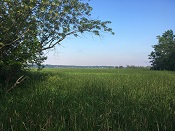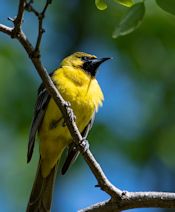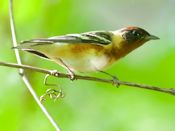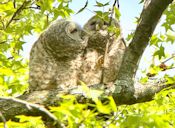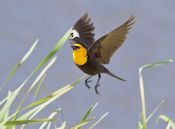Visitors to Dyke Marsh will find a photography station called Chronolog on the Haul Road trail at the native plant site, DMW-101. Unfortunately, our second station on the boardwalk across from Tulane Drive, DMW-102, was destroyed twice. Neither FODM or the U. S. Park Police know why it was apparently vandalized. At this time, FODM will not replace it at that site
This station helps document and better visualize landscape changes over time in the preserve. Changes in a landscape can be slow to see, whether they are seasonal changes, results of the restoration project or longer-term changes.

